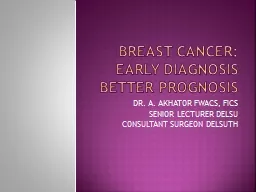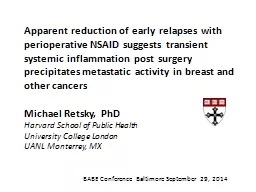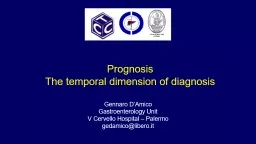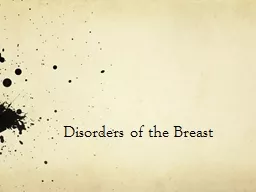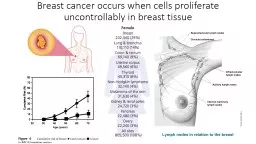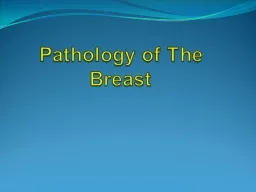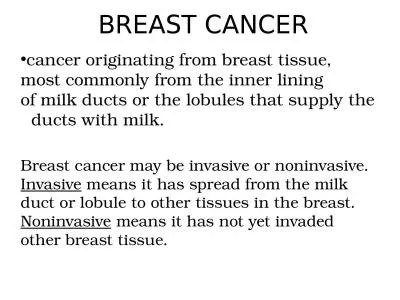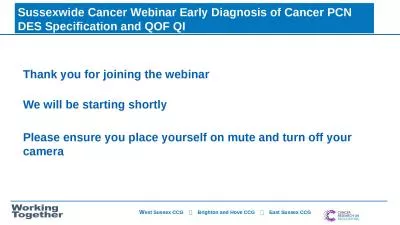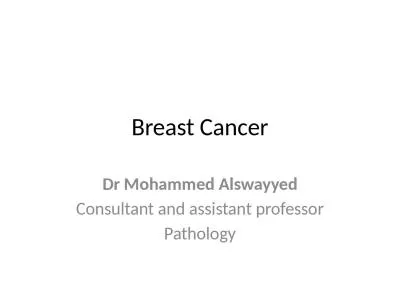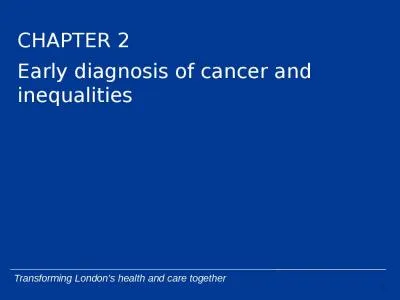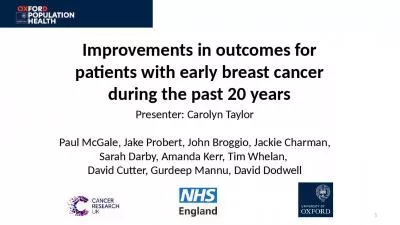PPT-BREAST CANCER: EARLY DIAGNOSIS BETTER PROGNOSIS
Author : celsa-spraggs | Published Date : 2016-06-23
DR A AKHATOR FWACS FICS SENIOR LECTURER DELSU CONSULTANT SURGEON DELSUTH PRETEST Breast cancer is the most common cancer in women in Nigeria Breast cancer is the
Presentation Embed Code
Download Presentation
Download Presentation The PPT/PDF document "BREAST CANCER: EARLY DIAGNOSIS BETTER PR..." is the property of its rightful owner. Permission is granted to download and print the materials on this website for personal, non-commercial use only, and to display it on your personal computer provided you do not modify the materials and that you retain all copyright notices contained in the materials. By downloading content from our website, you accept the terms of this agreement.
BREAST CANCER: EARLY DIAGNOSIS BETTER PROGNOSIS: Transcript
Download Rules Of Document
"BREAST CANCER: EARLY DIAGNOSIS BETTER PROGNOSIS"The content belongs to its owner. You may download and print it for personal use, without modification, and keep all copyright notices. By downloading, you agree to these terms.
Related Documents

